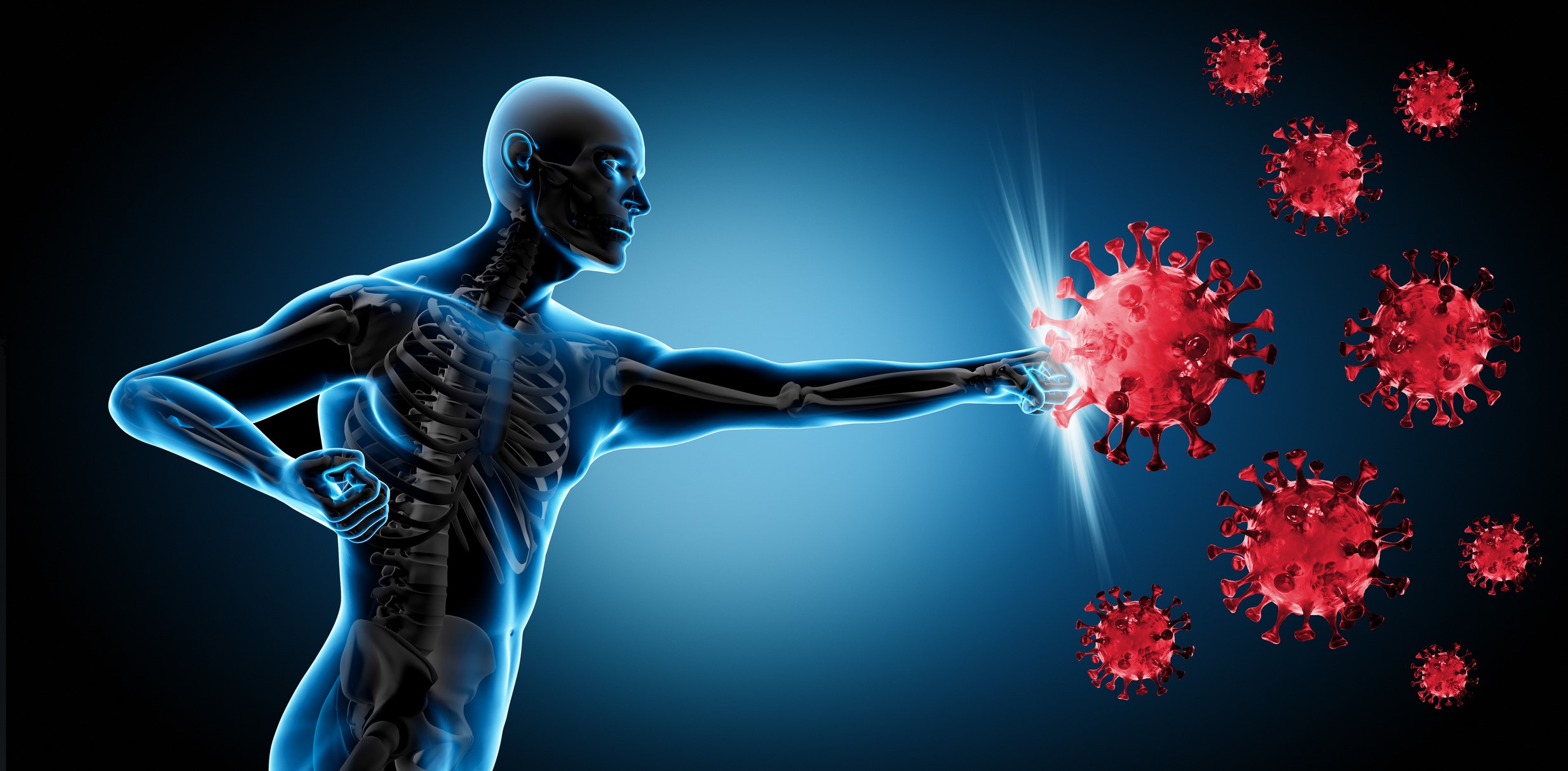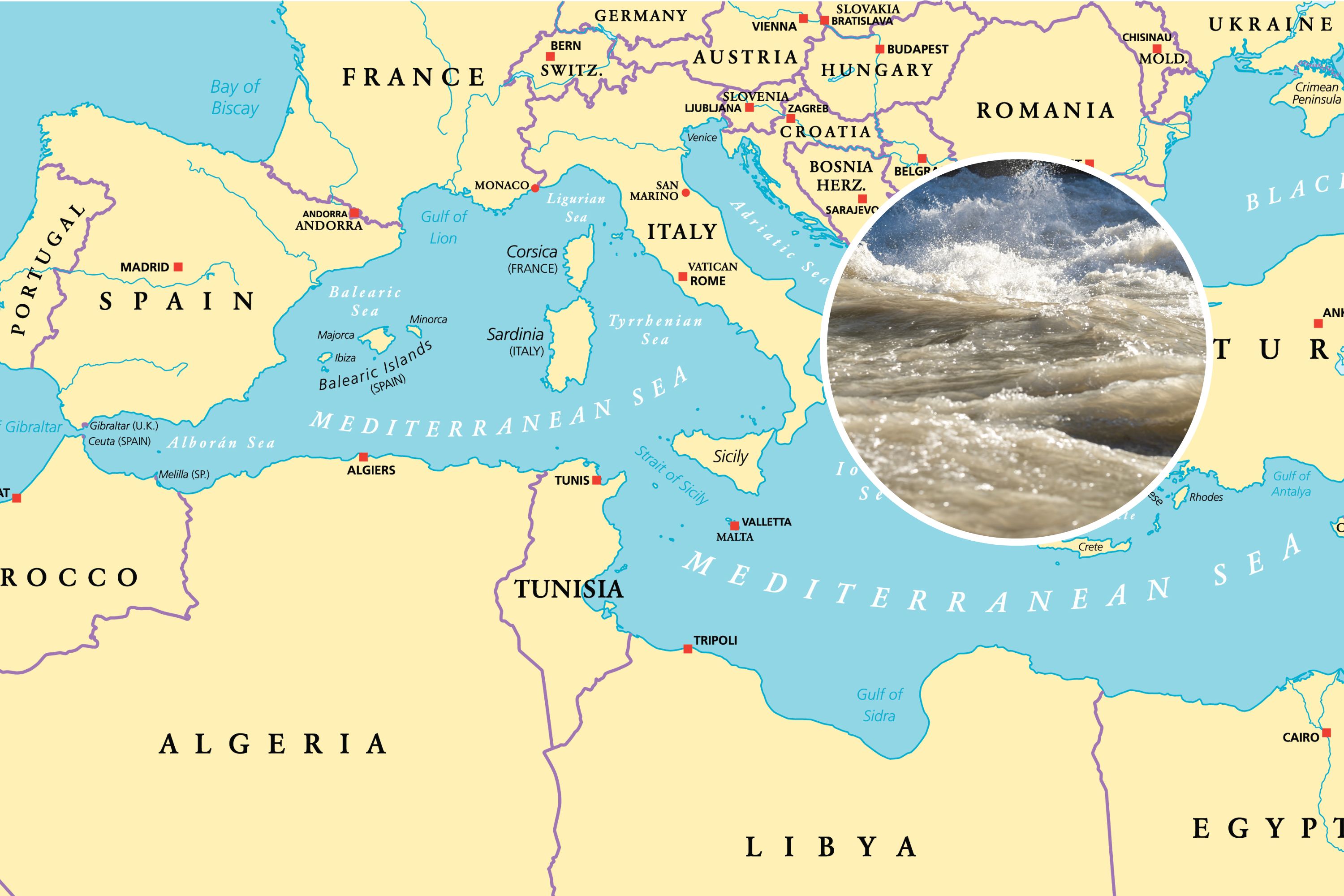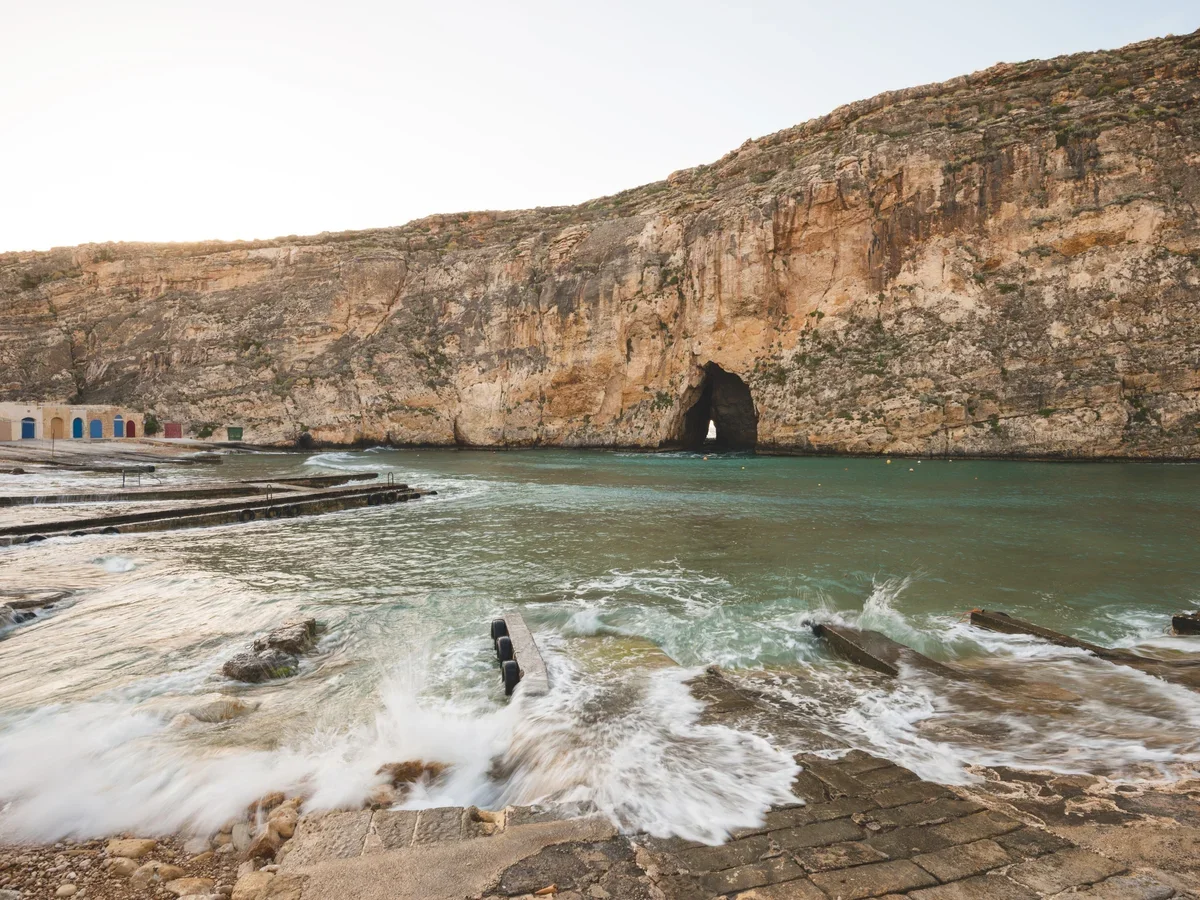Discover Pandipedia
Pandipedia is the world's first encyclopaedia of machine generated content approved by humans. You can contribute by simply searching and clicking/tapping on "Add To Pandipedia" in the answer you like. Learn More
Expand the world's knowledge as you search and help others. Go you!
Overview and Geological Context

The Zanclean Megaflood refers to a proposed catastrophic flooding event that refilled the Mediterranean Sea at the end of the Messinian Salinity Crisis (MSC), which occurred between approximately 5.97 and 5.33 million years ago. During the MSC, the Mediterranean was largely isolated from the Atlantic Ocean, causing evaporation that transformed the sea into extensive salt flats. A number of studies now suggest that rather than a gradual reentry of water over thousands of years, there was an abrupt, high‐discharge flood that restored marine conditions rapidly. As stated in one source, “The Zanclean megaflood was an awe-inspiring natural phenomenon, with discharge rates and flow velocities dwarfing any other known floods in Earth’s history”[1][4][9]. This event is believed to have reconnected the Mediterranean with the Atlantic through a breach at the Strait of Gibraltar before spilling over into the eastern basin via a submerged land bridge called the Sicily Sill.
Evidence from Geological and Geophysical Observations
Multiple research teams have compiled extensive evidence for the highly catastrophic nature of the Zanclean Megaflood. Observations of more than 300 asymmetric, streamlined erosional ridges on and around the Sicily Sill indicate that powerful flows of turbulent water sculpted the landscape. As one study notes, the morphology of these ridges is “compatible with erosion by large-scale, turbulent water flow with a predominantly north-easterly direction”[6][14]. Geological sampling of these ridges revealed a layer of rocky debris on top that is interpreted as rapidly deposited material eroded from the ridge flanks and adjacent areas. This debris layer, which marks the boundary between the Messinian and Zanclean periods, is a key piece of evidence supporting the sudden onset of the megaflood[1][5][14].
Furthermore, seismic reflection data have uncovered a distinctive “W-shaped channel” on the continental shelf east of the Sicily Sill. This channel appears to connect the erosional features onshore to deep submarine canyons, particularly the Noto Canyon, thereby acting as a funnel for the massive floodwaters[6][11][27]. Such geophysical imaging has been crucial in confirming that these features are not the result of gradual processes but instead reflect the high-energy dynamics of a catastrophic flood event.
Flow Dynamics and Modeling Results
Hydrodynamic models have been used to simulate the behavior of the megaflood. These computer simulations helped estimate peak flow velocities, discharge rates, and the evolution of the flood as it transitioned from the western to the eastern Mediterranean basin. Model predictions suggest that discharge rates during the event ranged between 68 and 100 Sverdrups (with one Sverdrup equaling one million cubic meters per second)[2][8][14][27]. The floodwater is estimated to have reached speeds of up to 32 meters per second (72 miles per hour), and computer models indicate that as the water spilled over the Sicily Sill, its flow direction altered gradually in a clockwise manner, deepening channels further downstream[5][6][13].
These dynamic simulations are supported by geological evidence; for instance, the deposition of bedload debris and the formation of streamlined ridges are consistent with rapid, high-energy water flows that can modify both subaerial and submarine landscapes almost instantaneously on a geological timescale[1][13][19].
Implications for Mediterranean Evolution and Global Significance
The reintroduction of water during the Zanclean Megaflood not only refilled the Mediterranean basin dramatically but also had long-lasting effects on regional topography and sediment deposition. The flood is implicated in the formation of vast sedimentary deposits in the western Ionian Basin, with estimates suggesting that volumes up to 1,600 cubic kilometers of chaotic megaflood sediment were transported and deposited over a short time span[8][16][25].
Beyond reshaping the local landscape, the event had broader implications. Various studies have noted that such a massive and rapid influx of water would have induced seismicity, contributed to the erosion of canyons along the Malta Escarpment, and influenced the later development of Mediterranean ecosystems and human settlement patterns. As research has shown, “These findings not only shed light on a critical moment in Earth’s geological history but also demonstrate the persistence of landforms over five million years”[9][16][18].
Importantly, the evidence for this event challenges previous models that favored a slow, gradual reconnection of the Mediterranean with the Atlantic. New data suggest that the basin underwent a dramatic environmental transformation over a timescale of only a few years, rather than the previously assumed 10,000 years[4][20][24]. This recognition alters long-standing perspectives on the interplay between tectonics, climate, and oceanography in the Mediterranean region, and it provides a compelling example of how catastrophic events can dominate Earth's geological record.
Concluding Remarks
A synthesis of evidence from diverse sources, including geological field observations, seismic imagery, and numerical modeling, strongly supports the hypothesis of the Zanclean Megaflood as a rapid and massive event that refilled the Mediterranean Sea at the end of the Messinian Salinity Crisis. Multiple independent studies converge on key points: the identification of over 300 streamlined erosional ridges, the rapid deposition of debris marking the critical boundary between geological periods, the discovery of a W-shaped subaqueous channel acting as a funnel for catastrophic flows, and model estimates indicating unprecedented water discharge rates and velocities[1][2][3][4][6][8][11][14][16][19][24][27][29].
This comprehensive picture reinforces the idea that Earth’s history is punctuated by sudden, extreme events capable of reshaping entire regions. The Zanclean Megaflood serves as a dramatic example of such processes, reminding us that even vast ocean basins can be transformed in a matter of years due to the dynamic forces of water and tectonics. Continued research and exploration along the Mediterranean margins promise to further illuminate the details of this extraordinary event and its lasting legacy on our planet[7][10][12][15][17][20][21][22][23][25][26][28][30].
Let's look at alternatives:
- Modify the query.
- Start a new thread.
- Remove sources (if manually added).
- Request a manual search from our human research team.

The Resource-Based View (RBV) is a strategic management framework that emphasizes the significance of a firm's internal resources and capabilities in achieving competitive advantage and superior performance[18][7][8][30][32]. Instead of focusing on external factors, RBV posits that a company's unique assets and capabilities are the key to long-term success[7]. It is an approach to achieving competitive advantage that emerged in the 1980s and 1990s[2]. RBV is considered an inside-out approach when analyzing a firm, meaning the analysis starts with the internal environment of the organization[6].
Here's a more detailed breakdown:
* Focus on Internal Resources: RBV proposes that internal strategic factors play a more critical role than external ones in developing a firm’s competitive advantage[8]. It emphasizes leveraging a firm’s resources, including assets, capabilities, and competencies[3].
* Resources and Capabilities: In RBT, resources refer to assets, business processes, capabilities, firm attributes, knowledge, and information controlled by a company to implement strategies[1]. Company resources can be grouped into physical capital, human capital, and organizational capital[1]. Capabilities represent a subset of non-transferable company-specific resources that improve the productivity of obtaining other resources[1].
* Two Types of Resources In the RBV model, resources are given the major role in helping companies to achieve higher organizational performance[2]. There are two types of resources: tangible and intangible[2]. Tangible assets are physical things, such as land, buildings, machinery, equipment, and capital[2]. Intangible assets are everything else that has no physical presence but can still be owned by the company, such as brand reputation, trademarks, and intellectual property[2].
* Assumptions: The two critical assumptions of RBV are that resources must be heterogeneous and immobile[2][5][18]. Heterogeneous means that skills, capabilities, and other resources that organizations possess differ from one company to another[2]. Immobile means that resources are not mobile and do not move from company to company, at least in the short-run[2].
* VRIN/VRIO Framework: To achieve a sustained competitive advantage, resources should be valuable, rare, inimitable, and non-substitutable (VRIN)[2][6][18][30]. The VRIO framework is a variation of RBV that focuses on the four key attributes of resources: value, rarity, inimitability, and organization[4]. The VRIO model proposes the new criteria of the organizational embeddedness of a resource[1].
* Competitive Advantage: RBV holds that sustained competitive advantage can be achieved more easily by exploiting internal rather than external factors as compared to industrial organization (I/O) view[2]. A firm is said to have a competitive advantage when it implements a value-creating strategy not simultaneously being implemented by any current or potential competitors[5].
* Criticisms: The traditional RBT is limited when explaining how some organizations gain a competitive advantage in an unpredictable and rapidly changing business environment[1]. The value creation idea that has been proposed based on this theory regarding valuable resources is tautological and static[1].
* Application: Beyond being used in strategic management, RBT has been adopted and applied in other business management areas, both in a qualitative and quantitative manner[1]. To date, the application of RBT has been extended to various business studies such as marketing, operational management, economics, supply chain management, information systems, and entrepreneurship[1].
RBV is a useful framework for analyzing an organization's internal and external environment and identifying its strengths and weaknesses[5][6]. By focusing on internal resources and applying frameworks like VRIO, companies can develop unique capabilities and strategies for sustained competitive advantage[4][7][30][32]. However, it's important to also consider external factors and adapt to changing market conditions[3][7][30].
Let's look at alternatives:
- Modify the query.
- Start a new thread.
- Remove sources (if manually added).
- Request a manual search from our human research team.
Get more accurate answers with Super Search, upload files, personalised discovery feed, save searches and contribute to the PandiPedia.

When selecting a gaming monitor, it's essential to consider resolution, refresh rate, and response time. Resolution options like 1080p, 1440p, and 4K significantly affect visual clarity, while a higher refresh rate (e.g., 120Hz or 144Hz) improves motion smoothness during gameplay. Response time is also crucial; faster times reduce motion blur and ghosting, especially for competitive gaming[1][3][5].
Additionally, compare panel types like TN, IPS, and VA, each with its benefits regarding response times, color accuracy, and viewing angles. Adaptive sync technologies like G-Sync and FreeSync help prevent screen tearing, while HDR support enhances color range and contrast[2][4][6].
Let's look at alternatives:
- Modify the query.
- Start a new thread.
- Remove sources (if manually added).
- Request a manual search from our human research team.

The Humanity’s Last Exam benchmark is a challenging set of questions written by domain experts in a wide range of disciplines[1]. These disciplines include mathematics, physics, chemistry, biology, and computer science[1].
Experts were paid up to $5000 for each question that was accepted to the benchmark[1]. While the benchmark still has significant headroom, performance on it has improved significantly over a few months, starting in early 2025[1].
Let's look at alternatives:
- Modify the query.
- Start a new thread.
- Remove sources (if manually added).
- Request a manual search from our human research team.

Recent vaccine developments are focusing on improved efficacy and responses to emerging variants. Research led by the Oxford Vaccine Group demonstrated that the ChAdOx1 nCoV-19 vaccine reduces disease severity in vaccinated individuals compared to those unvaccinated, confirming its effectiveness against COVID-19[1].
Additionally, mRNA technology continues to be a priority, with the UK government partnering with Moderna to enhance domestic mRNA research and manufacturing[2]. Projects like the Biden administration's Project Next Gen aim to create next-generation RNA platforms to improve vaccine durability and effectiveness against new variants[3][4]. Overall, advancements in both traditional and novel vaccine technologies are essential for future pandemic preparedness.
Let's look at alternatives:
- Modify the query.
- Start a new thread.
- Remove sources (if manually added).
- Request a manual search from our human research team.
Let's look at alternatives:
- Modify the query.
- Start a new thread.
- Remove sources (if manually added).
- Request a manual search from our human research team.
Get more accurate answers with Super Search, upload files, personalised discovery feed, save searches and contribute to the PandiPedia.
Transcription: Hey, did you know artificial intelligence is transforming our world at an unprecedented pace? It's not just about sci-fi anym...
Let's look at alternatives:
- Modify the query.
- Start a new thread.
- Remove sources (if manually added).
- Request a manual search from our human research team.
The first ASMR video is attributed to a YouTube channel named WhisperingLife, which was created in 2009. The channel featured whispering, and the first video titled 'Whisper 1-Hello!' was notably aimed at triggering the ASMR sensation in viewers, marking the beginning of ASMR as a genre on the platform[1][4].
Before the term 'ASMR' was coined in 2010 by Jennifer Allen, the phenomenon was discussed in various online forums, with users referring to it informally[5][6]. Allen's creation of the term helped consolidate this community, which had been growing since these early discussions began around 2007[2][6].
Let's look at alternatives:
- Modify the query.
- Start a new thread.
- Remove sources (if manually added).
- Request a manual search from our human research team.
The Origins of Paella

Historical Background
The dish known as paella has its roots deep in the agricultural landscape of Valencia, Spain. Originating in the 15th century, it began as a simple meal for farmworkers who utilized whatever ingredients were available to them in the fields surrounding the Albufera lagoon. Traditionally cooked over an open flame in a wide, shallow pan called a 'paellera,' this method aimed to achieve even cooking and the coveted crust known as 'socarrat' at the bottom of the pan[2][4]. The name 'paella' itself is derived from the Valencian word for 'pan,' reflecting its communal and practical origins.
Influences on Its Development

The evolution of paella can be traced back to several significant historical influences. The introduction of rice to the Iberian Peninsula by the Moors in the 8th century had a profound impact on Spanish cuisine, making rice cultivation prevalent throughout the region[4][9]. Along with rice, the Moors brought spices like saffron, which later became a defining characteristic of the dish. The combination of local ingredients, promoted by historical events such as the Roman implementation of irrigation techniques, provided the ideal conditions for rice cultivation and its integration into daily meals[4][13].
Moreover, initial versions of paella were humble, typically including ingredients like rabbit, snails, and local vegetables, with beans being added as well[1][18]. As time passed and the dish gained popularity, particularly in the 1800s, new variations arose. Cheaper local meats were often replaced with more expensive options like chicken, and seafood began to be incorporated, especially along Spain’s coasts.
The Evolution of Ingredients

In its earliest iteration, paella was a peasant dish focused on using local resources. Ingredients such as tomatoes, onions, and snails were common, along with game meats sourced from the surrounding area[10]. The continuous adaptation of the dish not only showcased the agricultural bounty of the region but also reflected the diverse cultural influences that shaped Spain's culinary identity. With the arrival of the New World, new ingredients such as tomatoes and beans became more accessible, further enriching the array of flavors found in paella[4][5].
By the mid-19th century, paella transitioned from a rural dish to a beloved icon of Spanish cuisine, recognized beyond its Valencian roots. It became associated with celebrations and gatherings, served as a communal meal that brought people together around the same pan[16][17]. This communal aspect remains a significant part of its tradition today, emphasizing the importance of shared meals in Spanish culture.
Modern Popularity and Variations

The global popularity of paella surged in the 20th century, leading to numerous adaptations and variations beyond its traditional Valencian beginnings. Different regions of Spain began to craft their interpretations, with seafood becoming a typical ingredient in coastal areas, thus giving rise to variations like “paella de marisco”[2][5]. However, traditionalists in Valencia maintain a clear distinction between authentic paella and other rice dishes, often referring to non-Valencian versions as “arroz con cosas” (rice with things)[14].
The modern image of paella encompasses diverse styles that resonate with different palates, ranging from meat-heavy varieties to vegetarian options. Its status as a cultural symbol of Spain transcends culinary classifications, embodying histories and traditions that link local and familial practices across the country.
Conclusion
In summary, paella represents a rich tapestry of agricultural traditions, cultural influences, and communal experiences rooted in the Valencian landscape. From its humble beginnings as a farmer's meal to its emergence as an iconic symbol of Spanish cuisine, paella continues to evolve while retaining its deep connections to the history and culinary evolution of Spain. The dish serves not only as sustenance but as a vessel of cultural expression, encapsulating the essence of companionship and celebration in each delectable bite.
Let's look at alternatives:
- Modify the query.
- Start a new thread.
- Remove sources (if manually added).
- Request a manual search from our human research team.
Let's look at alternatives:
- Modify the query.
- Start a new thread.
- Remove sources (if manually added).
- Request a manual search from our human research team.










